How Air Duct Cleaning Improves Indoor Air Quality and Health
With the increasing concern about the quality of air we breathe, indoor air quality has become an important topic of discussion. One aspect that significantly influences indoor air quality is the cleanliness of air ducts in our heating, ventilation, and air conditioning (HVAC) systems. Air duct cleaning holds profound significance not just in maintaining indoor air quality but also in safeguarding our health, as it removes accumulated pollutants and contaminants from the ducts.
So, why is air duct cleaning such a vital part of home maintenance? Indoor air can quickly become contaminated with invisible pollutants from everyday activities like cooking, cleaning, and shedding pet dander. According to the National Air Duct Cleaners Association, daily household activities release pollutants like dust and dander, which are recirculated through the HVAC system five to seven times a day, leading to buildup in the ducts over time.
In this article, we will explore the importance of indoor air quality, how air ducts function within HVAC systems, the numerous benefits of air duct cleaning, signs that indicate when cleaning is needed, how to select professional services, and even some tips for those considering a do-it-yourself approach. Ultimately, ensuring the cleanliness of your air ducts can dramatically improve your living conditions and personal well-being. Reputable duct cleaning companies can assist homeowners in achieving healthier air and more efficient HVAC performance.
Improving Indoor Air Quality
Identifying Indoor Air Pollution
Indoor air pollution is a critical issue, often hidden in plain sight, and encompasses a range of pollutants from both natural and artificial sources. Common contributors include household products, chemicals, building materials, and even outdoor air contaminants seeping into the home.
Furthermore, biological contaminants such as mold, dust mites, and pet dander can significantly degrade air quality. These pollutants circulate within the home, accumulating in air ducts, which in turn distribute them back into the living spaces. Regular air duct cleaning is essential to break this cycle and maintain a healthy indoor environment. Many homeowners rely on trusted duct cleaning companies to ensure their systems are properly maintained.
Recognizing Health Risks of Poor Air Quality
The health implications of poor indoor air quality are significant and can affect individuals of all ages, but are particularly troubling for vulnerable groups such as children, the elderly, and those with pre-existing health conditions. Common health issues linked to poor air quality include respiratory infections, allergies, and even chronic conditions like asthma. When air ducts are contaminated, they become a vehicle for the continuous spread of these allergens and pathogens, aggravating symptoms and reducing quality of life. Ensuring clean air ducts is, therefore, a critical step in mitigating these adverse health outcomes. This is why professional duct cleaning companies are in high demand across urban and suburban areas.
Understanding the Economic Impact of Poor Air Quality
Beyond health concerns, poor indoor air quality has economic implications that can strain both individual finances and broader economic sectors. On a personal level, medical expenses related to treating respiratory and other pollution-related health issues can escalate rapidly. Frequent doctor's visits, medications, and time lost from work due to illness can become a significant financial burden. By neglecting air quality improvement measures such as air duct cleaning, individuals inadvertently increase these potential costs over time, as the root cause of the problem remains unaddressed. Regular service from experienced duct cleaning companies can help avoid these expenses over the long term.
Experiencing the Benefits of Improved Air Quality
Improved indoor air quality yields an array of benefits that can profoundly enhance the quality of life. Primarily, it leads to better respiratory health by reducing allergens, dust, and other airborne particles that exacerbate asthma and allergies. Maintaining clean air ducts ensures that these nasty intruders are minimized, allowing individuals to breathe more comfortably and freely within their homes. Clean air fosters a healthier living environment, which is particularly beneficial for children and elders, who are more susceptible to the effects of poor air quality. Duct cleaning companies play an essential role in making these improvements accessible to families everywhere.
Comparing Global Perspectives on Air Quality
Globally, indoor air quality standards vary significantly, often reflecting the differing regulatory environments and cultural approaches to environmental health. For instance, whereas some countries prioritize stringent air quality measures and integrate air duct cleaning into regular home maintenance, others may lack formal regulations or enforcement mechanisms. The disparity in standards can lead to unequal exposure and health outcomes among different populations. Understanding these global variations highlights the need for uniform education and awareness regarding the importance of maintaining clean air environments. Leading duct cleaning companies in developed countries often set industry benchmarks for others to follow.
Maintaining Efficient Air Duct Systems
Understanding the Role of Air Ducts in HVAC Systems
Air ducts serve as a crucial component of HVAC systems, facilitating the distribution of conditioned air throughout a building. These systems work tirelessly to maintain comfortable living conditions by regulating temperature and humidity levels within indoor spaces. Air is drawn into the HVAC system, where it is filtered, heated or cooled, and then pushed through a network of ducts to reach living areas. As such, air ducts are responsible for the seamless movement of breathable air, directly impacting indoor air quality. When these ducts are obstructed or clogged, the efficiency and performance of the HVAC system are compromised, defeating its primary purpose of comfort and health.
Identifying Common Air Duct Issues
Common problems affecting air ducts often stem from structural or maintenance-related shortcomings, manifesting in different ways that undermine HVAC performance. One of the most prevalent issues is blockages, which occur when dust, debris, or even pests accumulate within the ducts, impeding airflow and reducing system efficiency. These blockages not only force the system to work harder — increasing energy consumption — but also pose fire risks due to increased internal temperatures. Regular air duct cleaning drastically reduces these risks by removing obstructions that inhibit airflow and safety.
Managing the Distribution of Airborne Particles
Air ducts play a pivotal role in the distribution of airborne particles, which include both desirable and undesirable elements. While ducts are designed to deliver clean, conditioned air throughout a space, they can also become conduits for unwelcome pollutants if not appropriately maintained. Dust, allergens, mold spores, and other particulates can accumulate within ductwork and risk being continuously recirculated into living areas.
Preventing Energy Loss From Faulty Ducts
The condition of air ducts significantly influences a home's energy efficiency, with poor maintenance often accompanying substantial energy losses. Leaky or unclean ducts undermine energy conservation efforts, as heat or cool air escapes via damaged sections or is impeded by blockages. As airflow is restricted, HVAC systems are forced to consume more energy to maintain desired temperature settings, resulting in inflated utility bills. Air duct cleaning plays a critical role in tackling these inefficiencies, improving airflows and minimizing the wasted energy associated with forced duct operations.
Implementing Innovations in Air Duct Design
Modern innovations in air duct design have opened new avenues for enhancing HVAC efficiency and improving indoor air quality. Advanced materials and construction techniques are being employed to create air ducts that minimize leakage, resist contamination, and enhance airflow. Flexible ducts, for instance, allow for easier installation and efficient space utilization, while insulated duct systems reduce the risk of energy loss. Emerging technologies like variable air volume systems offer adaptability in climate control, providing precise airflow adjustments based on occupancy and preferences.
Maintaining clean air ducts is more than a matter of home maintenance—it’s a proactive step toward safeguarding your health, improving indoor comfort, and ensuring energy efficiency. Don’t wait until symptoms appear or your HVAC system struggles to perform. Contact The Best Air Quality & Restoration today to schedule a professional inspection and experience the benefits of cleaner, healthier indoor air. Your lungs—and your utility bill—will thank you.
Comparing Global Perspectives on Air Quality
Globally, indoor air quality standards vary significantly, often reflecting the differing regulatory environments and cultural approaches to environmental health. For instance, whereas some countries prioritize stringent air quality measures and integrate air duct cleaning into regular home maintenance, others may lack formal regulations or enforcement mechanisms. The disparity in standards can lead to unequal exposure and health outcomes among different populations. Understanding these global variations highlights the need for uniform education and awareness regarding the importance of maintaining clean air environments. Leading duct cleaning companies in developed countries often set industry benchmarks for others to follow.
Maintaining Efficient Air Duct Systems
Understanding the Role of Air Ducts in HVAC Systems
Air ducts serve as a crucial component of HVAC systems, facilitating the distribution of conditioned air throughout a building. These systems work tirelessly to maintain comfortable living conditions by regulating temperature and humidity levels within indoor spaces. Air is drawn into the HVAC system, where it is filtered, heated or cooled, and then pushed through a network of ducts to reach living areas. As such, air ducts are responsible for the seamless movement of breathable air, directly impacting indoor air quality. When these ducts are obstructed or clogged, the efficiency and performance of the HVAC system are compromised, defeating its primary purpose of comfort and health.
Identifying Common Air Duct Issues
Common problems affecting air ducts often stem from structural or maintenance-related shortcomings, manifesting in different ways that undermine HVAC performance. One of the most prevalent issues is blockages, which occur when dust, debris, or even pests accumulate within the ducts, impeding airflow and reducing system efficiency. These blockages not only force the system to work harder — increasing energy consumption — but also pose fire risks due to increased internal temperatures. Regular air duct cleaning drastically reduces these risks by removing obstructions that inhibit airflow and safety.
Managing the Distribution of Airborne Particles
Air ducts play a pivotal role in the distribution of airborne particles, which include both desirable and undesirable elements. While ducts are designed to deliver clean, conditioned air throughout a space, they can also become conduits for unwelcome pollutants if not appropriately maintained. Dust, allergens, mold spores, and other particulates can accumulate within ductwork and risk being continuously recirculated into living areas.
Preventing Energy Loss From Faulty Ducts
The condition of air ducts significantly influences a home's energy efficiency, with poor maintenance often accompanying substantial energy losses. Leaky or unclean ducts undermine energy conservation efforts, as heat or cool air escapes via damaged sections or is impeded by blockages. As airflow is restricted, HVAC systems are forced to consume more energy to maintain desired temperature settings, resulting in inflated utility bills. Air duct cleaning plays a critical role in tackling these inefficiencies, improving airflows and minimizing the wasted energy associated with forced duct operations.
Implementing Innovations in Air Duct Design
Modern innovations in air duct design have opened new avenues for enhancing HVAC efficiency and improving indoor air quality. Advanced materials and construction techniques are being employed to create air ducts that minimize leakage, resist contamination, and enhance airflow. Flexible ducts, for instance, allow for easier installation and efficient space utilization, while insulated duct systems reduce the risk of energy loss. Emerging technologies like variable air volume systems offer adaptability in climate control, providing precise airflow adjustments based on occupancy and preferences.
Maintaining clean air ducts is more than a matter of home maintenance- it's a proactive step toward safeguarding your health, improving indoor comfort, and ensuring energy efficiency. Don't wait until symptoms appear or your HVAC system struggles to perform. Contact The Best Air Quality & Restoration today to schedule a professional inspection and experience the benefits of cleaner, healthier indoor air. Your lungs—and your utility bill—will thank you.
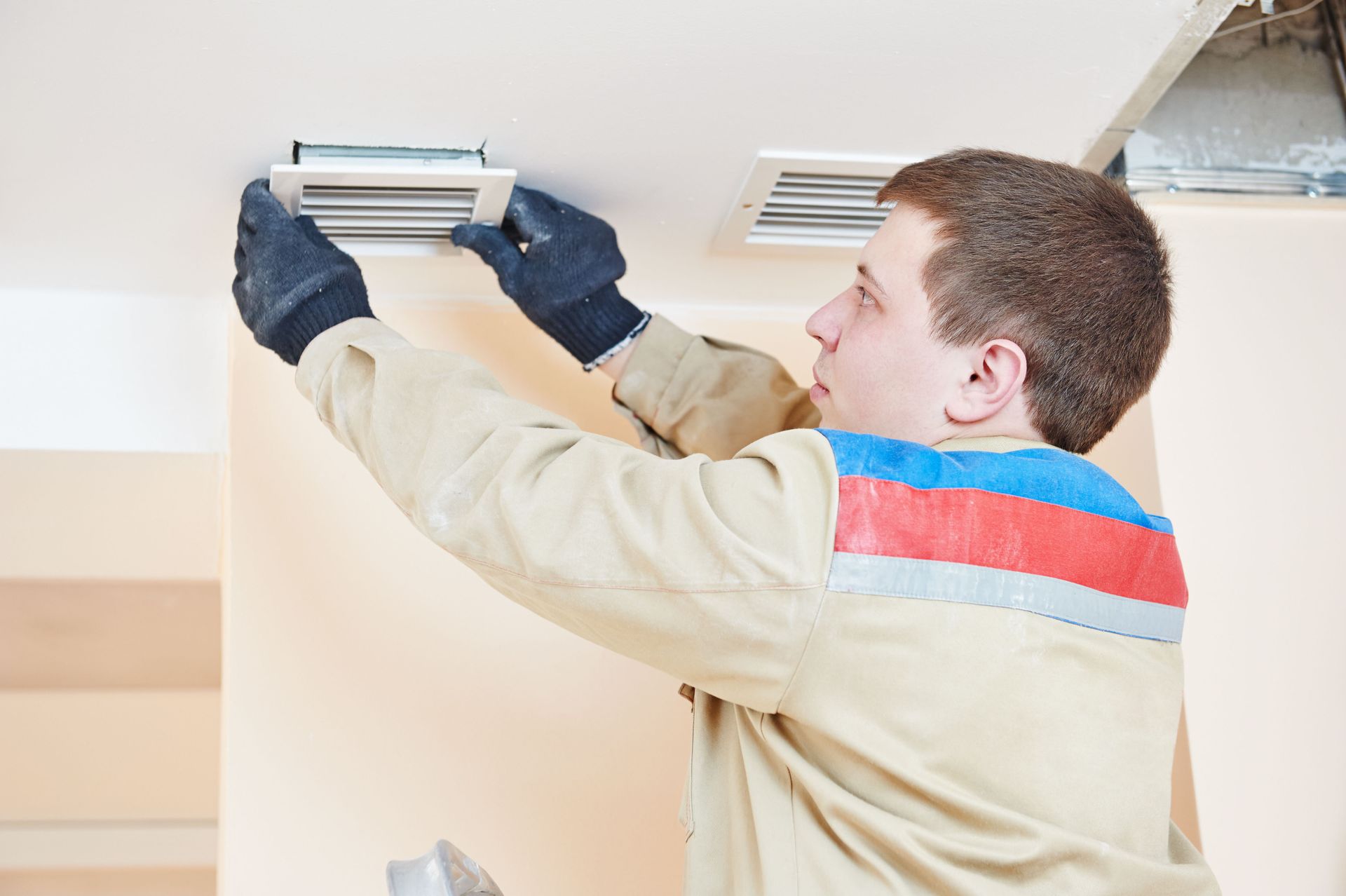
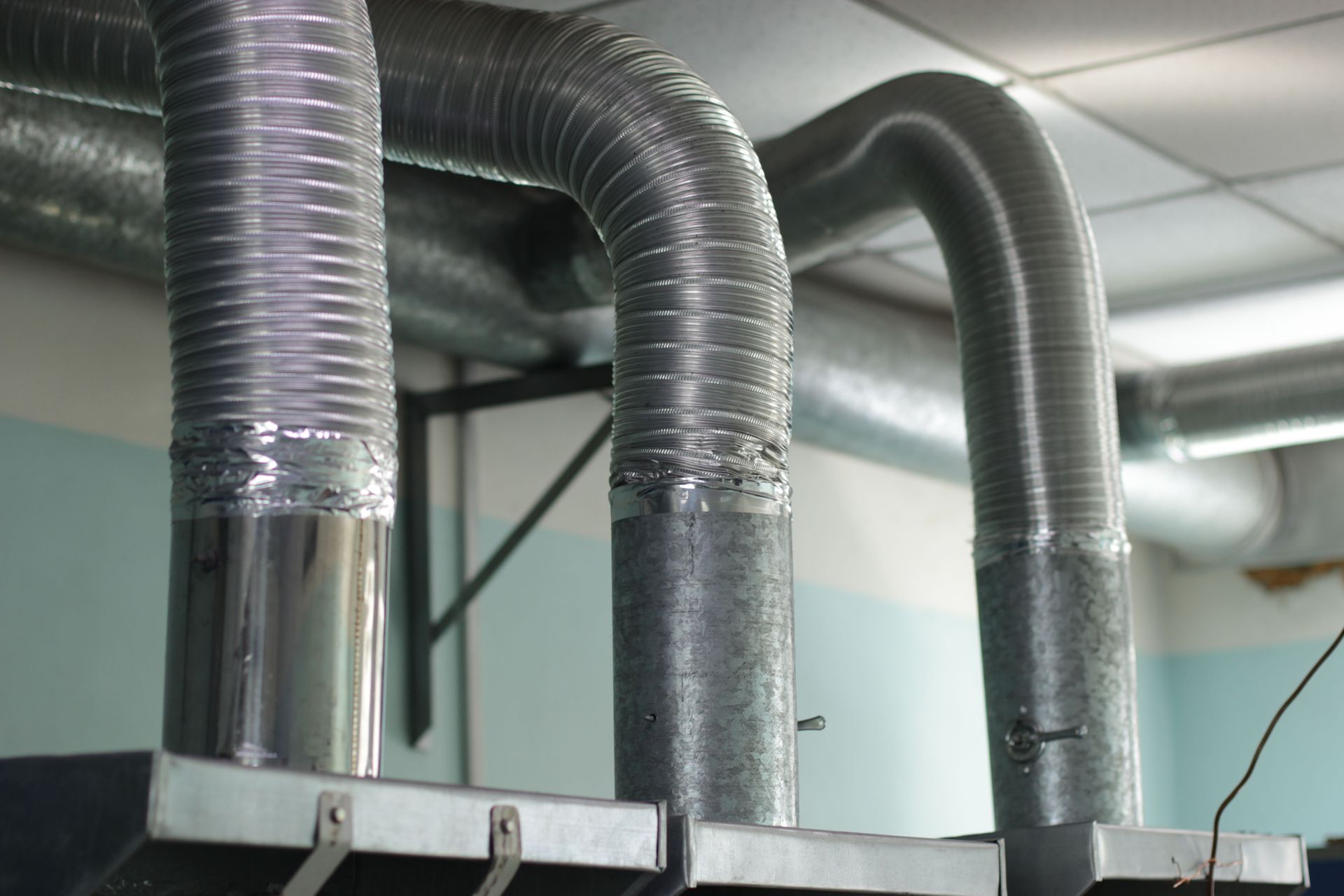
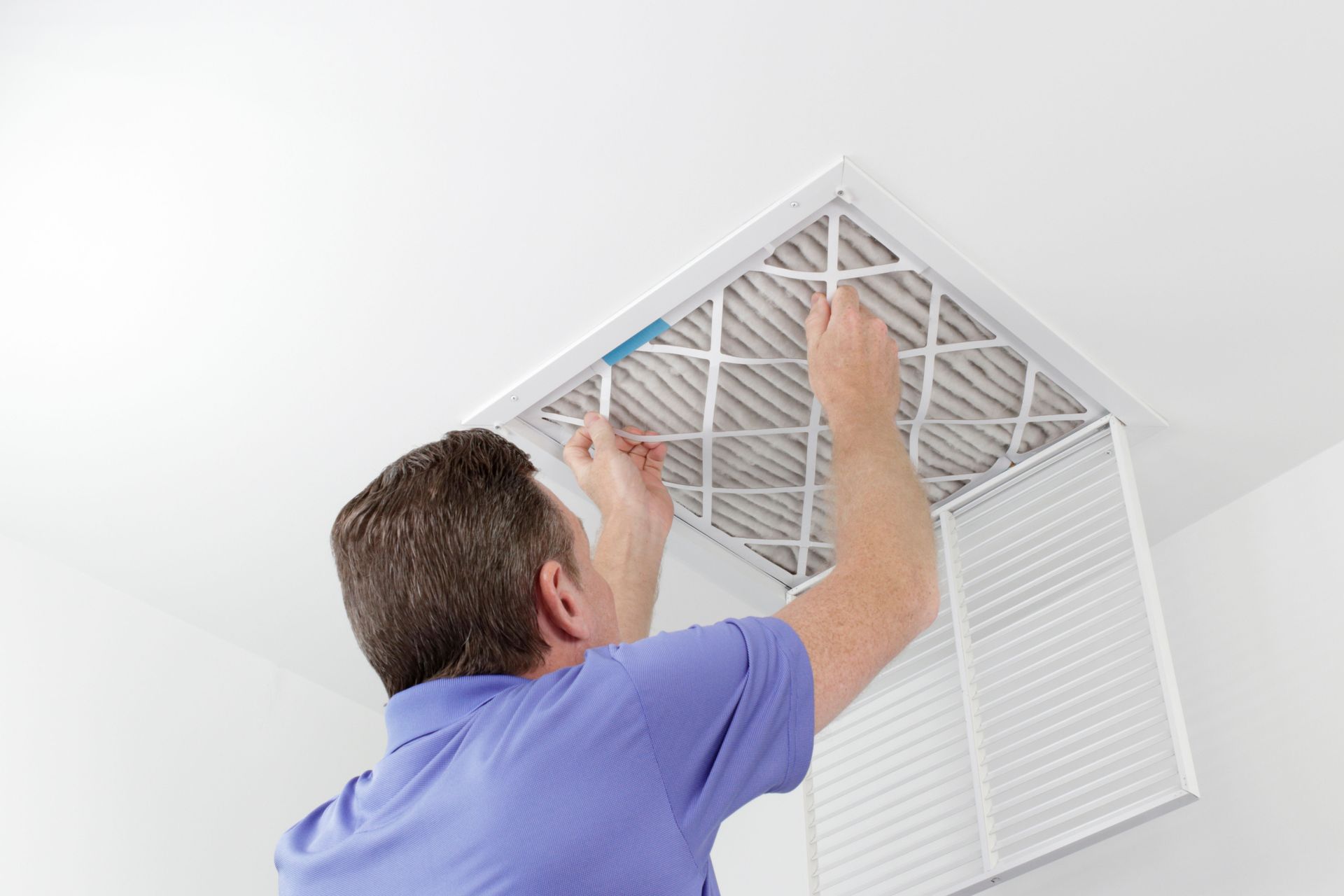
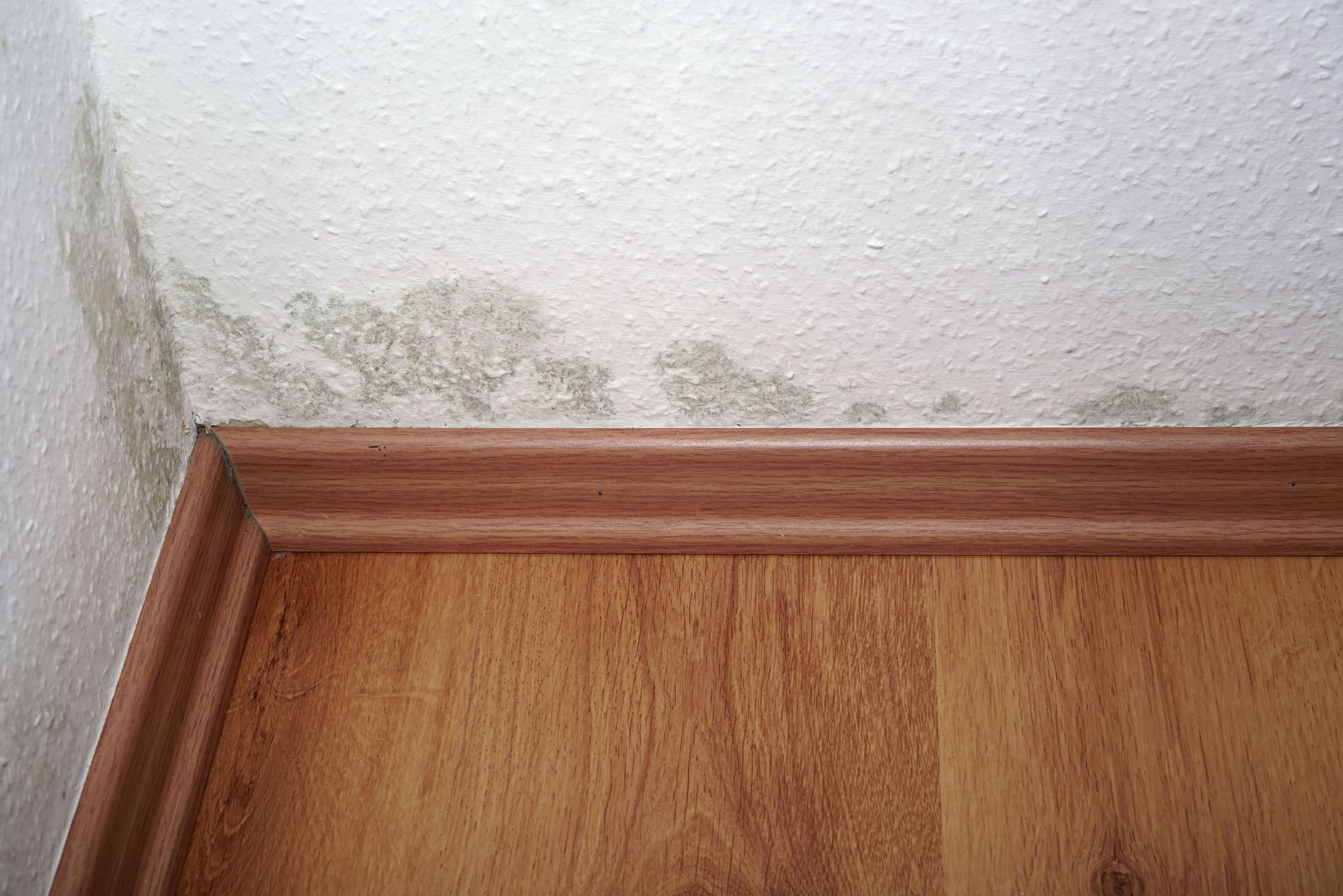
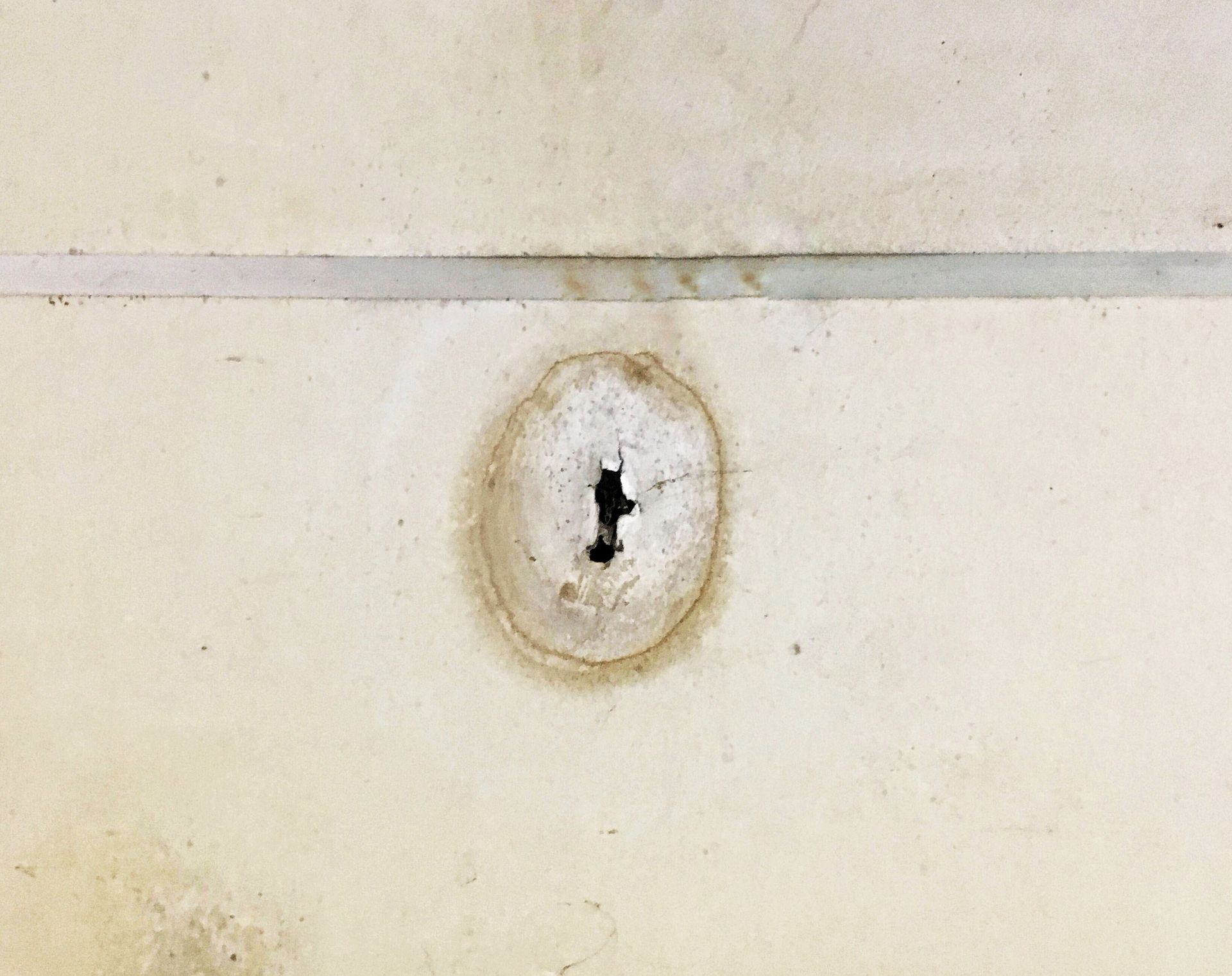
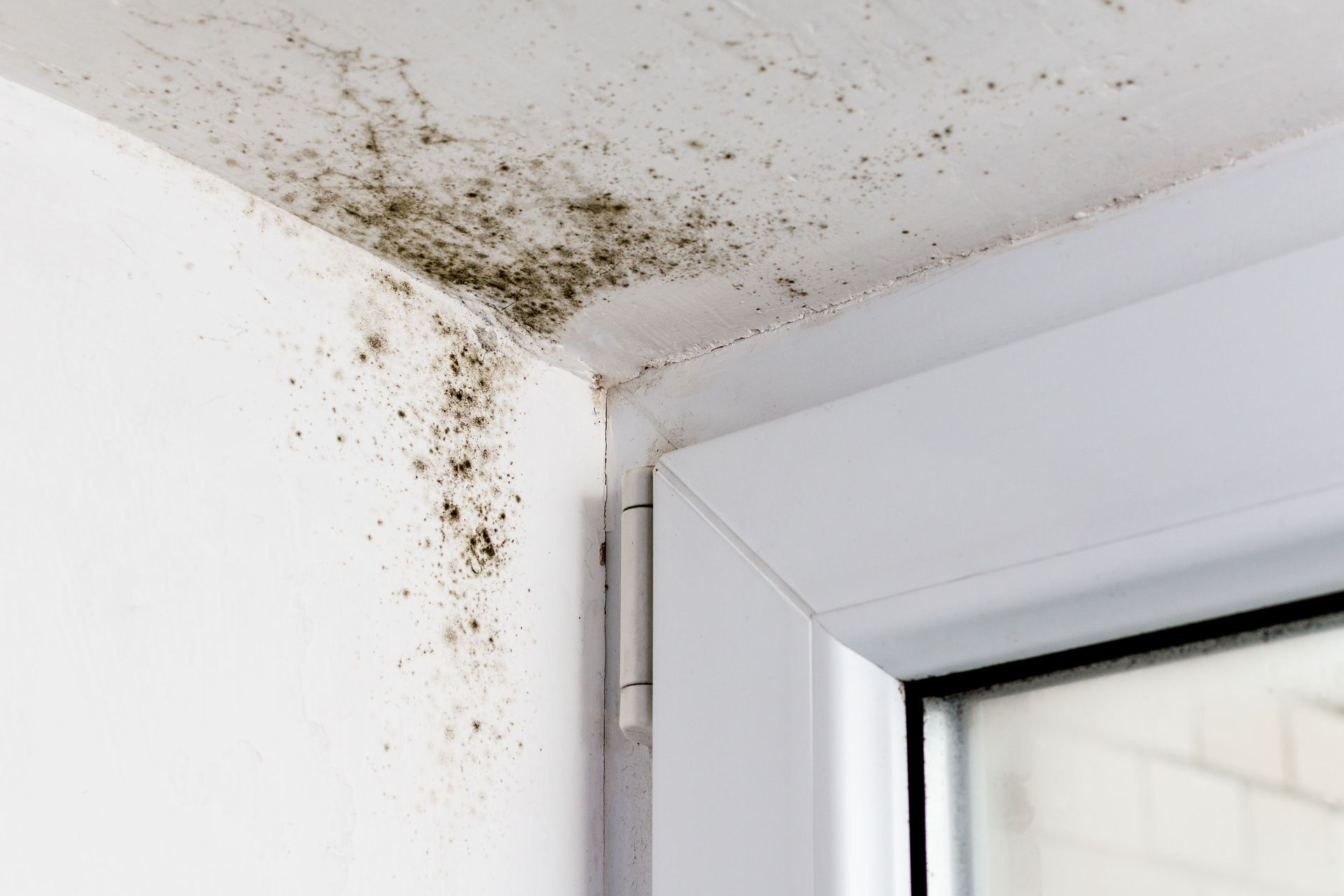
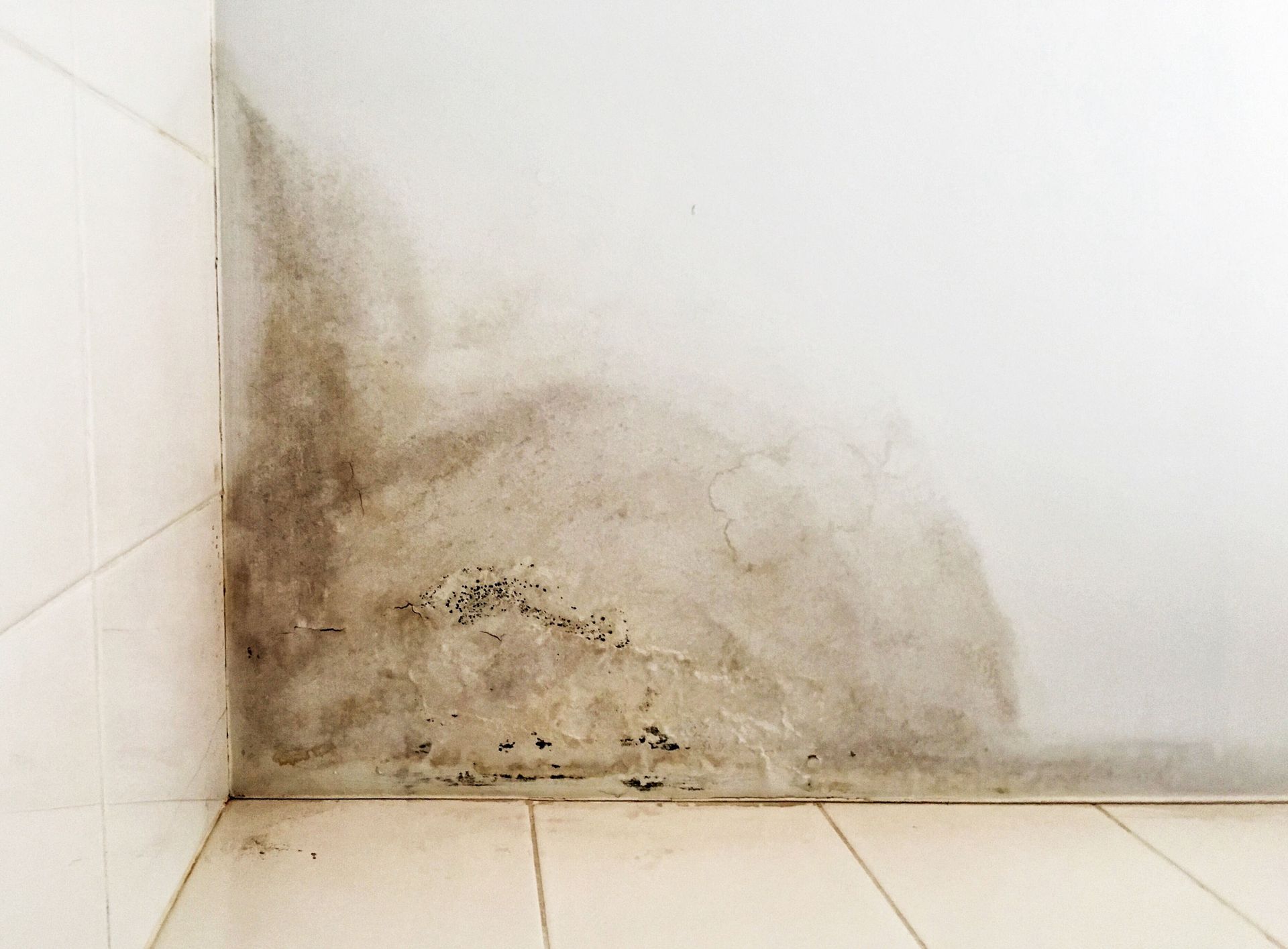
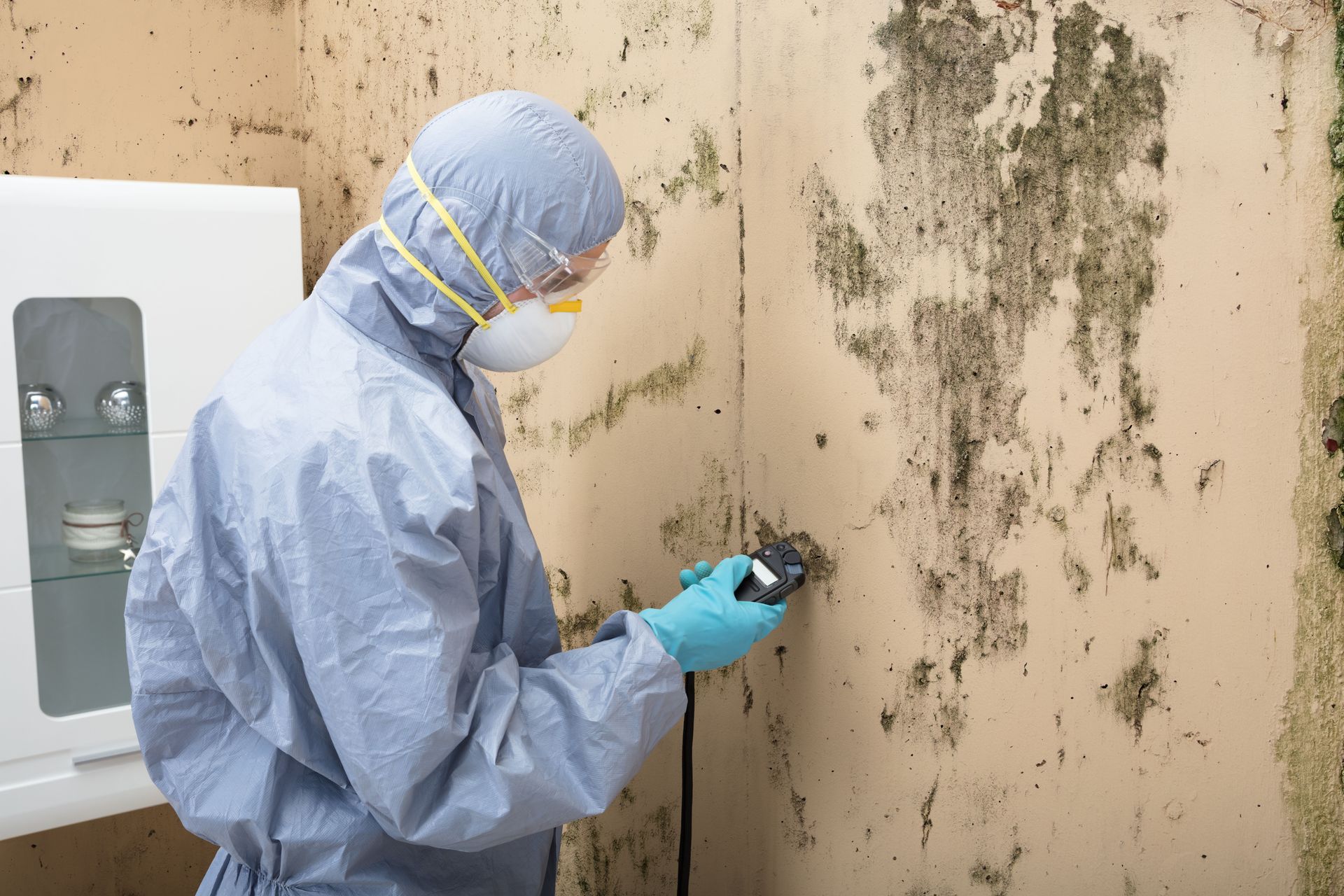
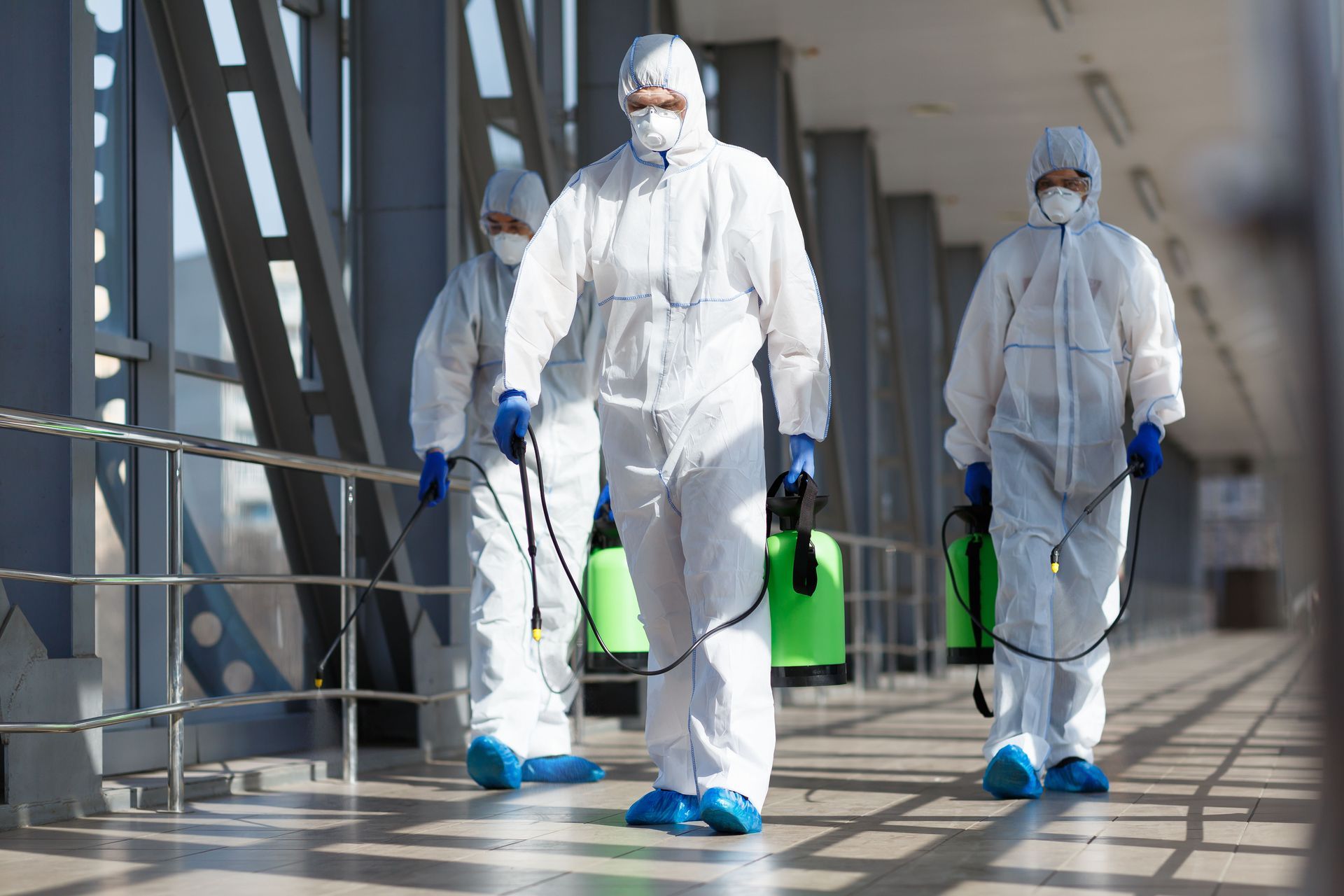
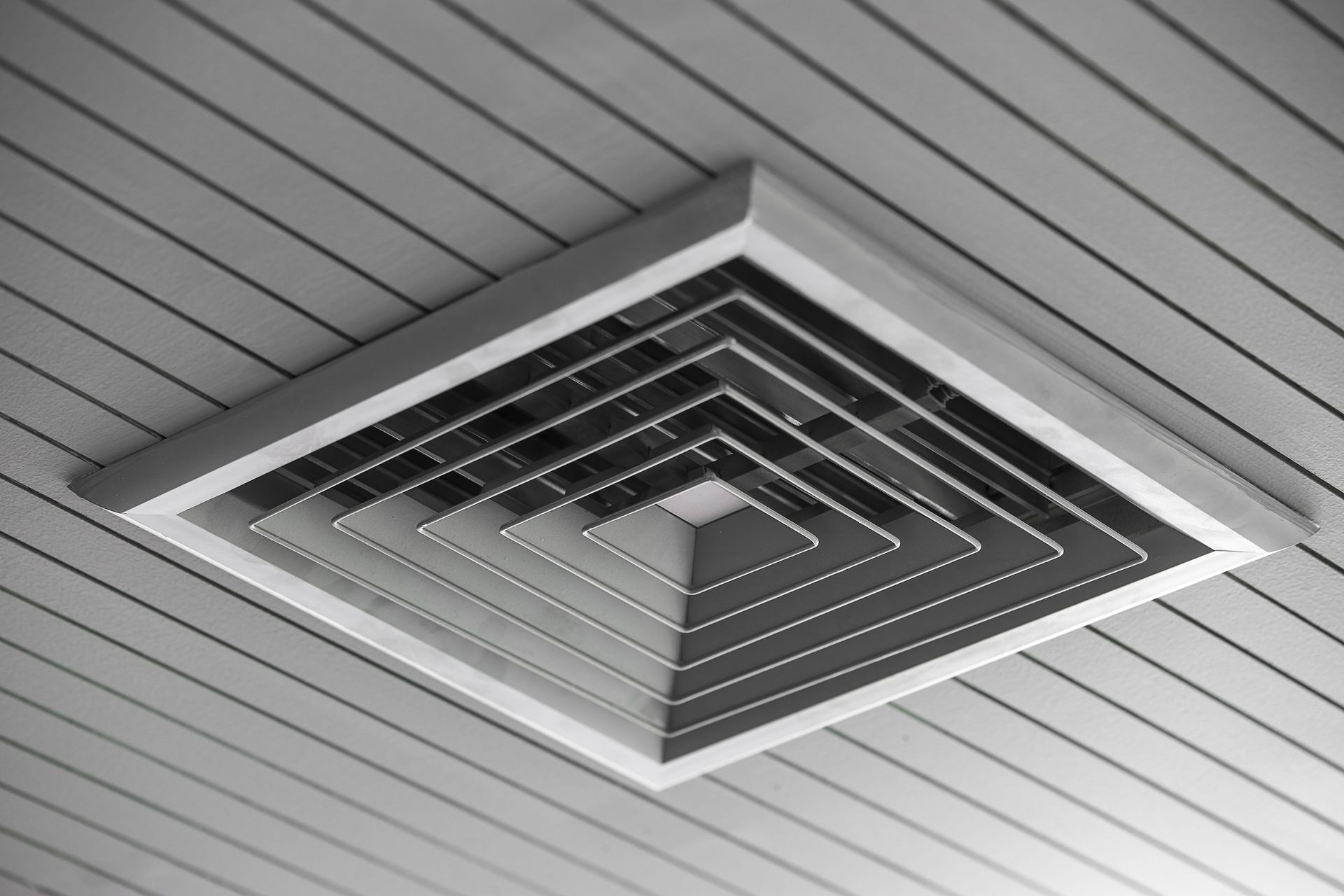
Share On: